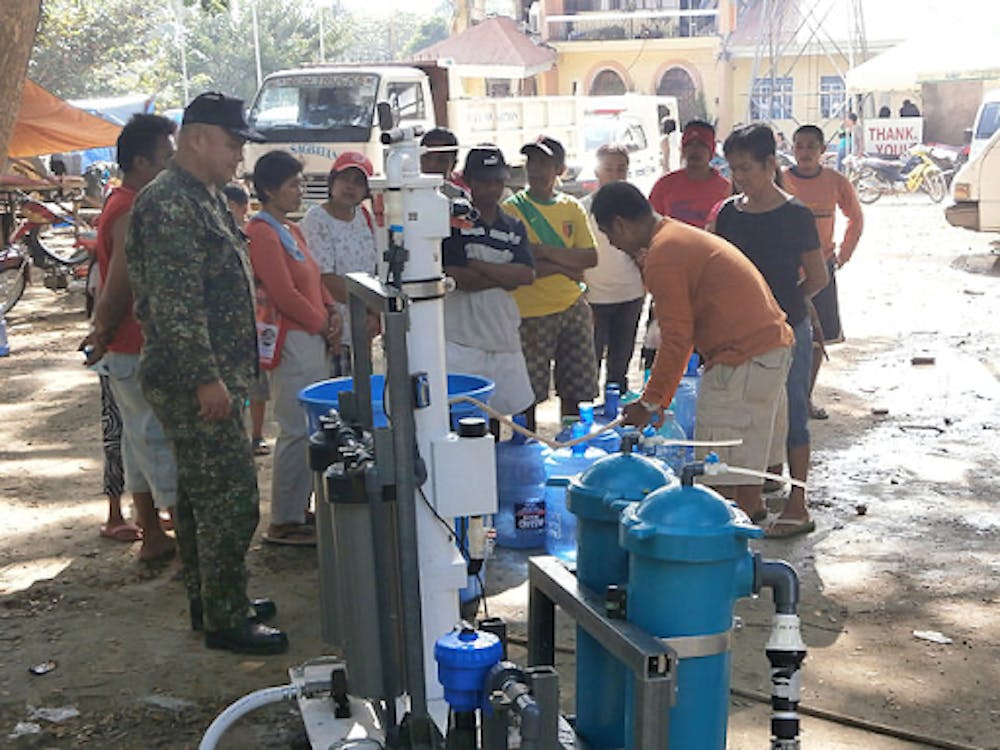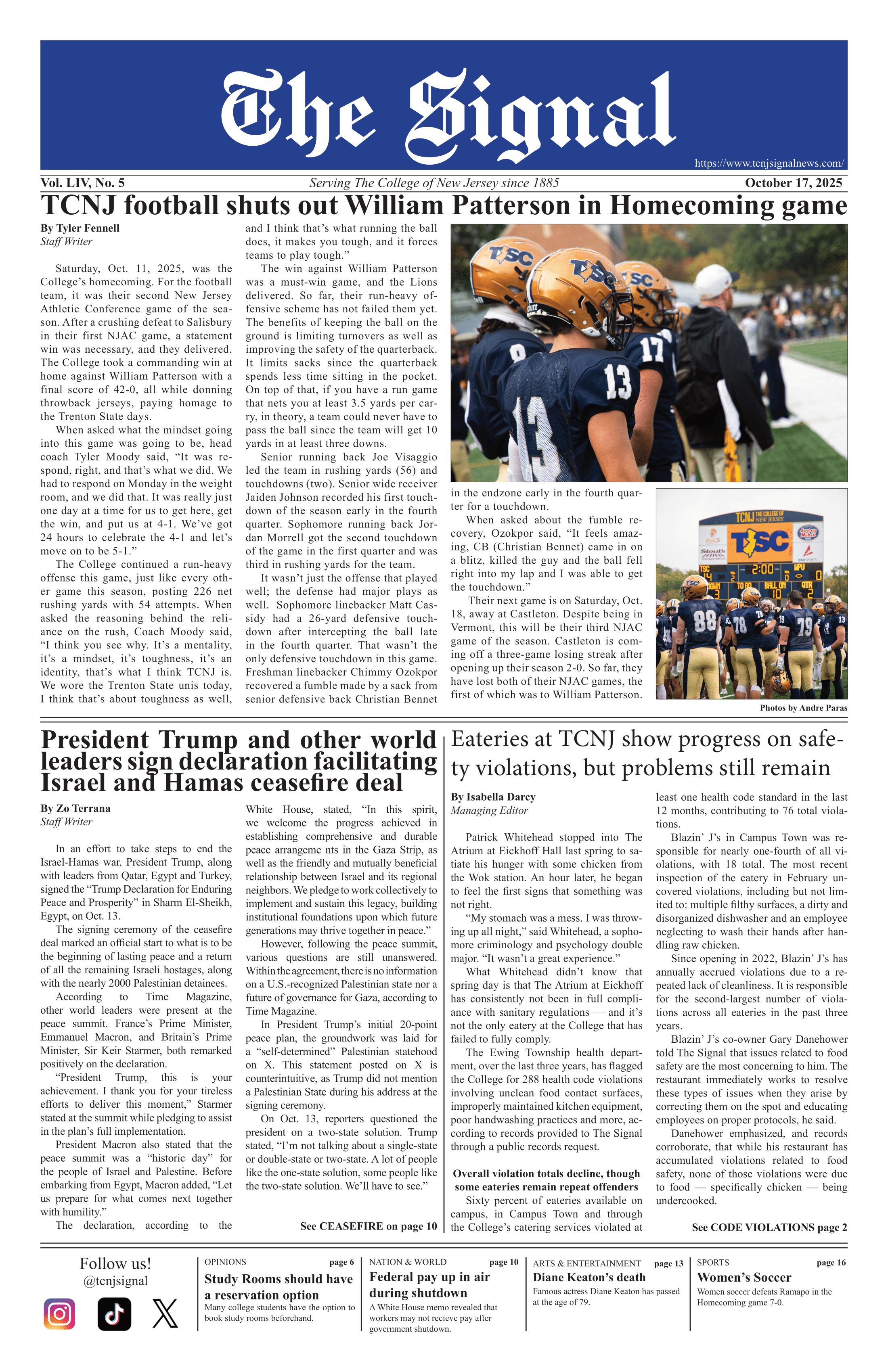By Isabella McHugh
Staff Writer
A tragic earthquake struck the Philippines at nightfall on Sept. 30, forcing countless people to pick up what they had left and search for hope.
Right before 10 p.m. local time, the earthquake began just off the shore of Bogo City in Cebu, according to a press release. The earthquake had a magnitude of 6.9, the highest Cebu has ever experienced.
It is also the deadliest quake the Philippines has had since 2013, according to Reuters, leaving over 72 dead.
President Ferdinand Marcos Jr. of the Philippines visited the northern end of Cebu province to assess the damage. The New York Times reported, “more than 170,000 people were displaced by the temblor, which damaged at least 87 buildings, roads, and bridges and nearly 600 homes.”
A 25-year-old community journalist, Lourenze Pareja, called out “Lord” while on livestream, too shocked to get another word out. Families with children, pets, and personal belongings ran out to the streets as the chaos rapidly unfolded.
Pareja checked Bogo town and became unsettled by its eerie desertedness. “What was once a vibrant city has turned into a ghost town,” he said.
On top of the lives it took, the earthquake left long-lasting effects on survivors, physically and emotionally. Arguel Estalicas, a 35-year-old tourism officer, tells the BBC, “I still couldn't process what has happened to us.” She also added, “I am overwhelmed with the things we experienced in the last two days.”
She and many others sought shelter in tents as their area remains a danger zone. Aftershocks continue to shake the ground, “ranging in magnitude from 4.6 to 5.1.” These aftershocks contributed to the death toll.
Rescue teams are continuing the search and have fortunately recovered most missing persons. The teams are scouting areas with extensive damage, according to Junie Castillo, a spokesman for the office of civil defense who spoke about the catastrophe on Thursday.
President Marcos explains the greatest issue being “[They] do not have a place to put [their] displaced families.” Immediate action was taken by having tents set up so citizens can have decent shelter. A similar approach was taken during the Covid-19 pandemic.
The President spoke to the victims, stating, “we will then put appropriate facilities in the tent city.” He added, “We will make sure there is food supply, water supply, electricity, and, if needed, generator sets. Whatever you need, we will make sure to provide.”
Only three days after the earthquakes began, Typhoon Matmo blew through the northern part of the Philippines. This caused more complications in the country with their already burdensome earthquake crisis.
Luckily, the storm was not predicted to directly affect the region in Cebu, which was most deeply impacted by the earthquake. It marks the 16th tropical cyclone in the Philippines this year.
Many citizens fear the government will misappropriate funds for this crisis. Thousands of Filipinos protested against the government. They claim the government was misappropriating billions of dollars in funds meant for flood relief projects.
President Marcos assures those living in the village that, “[They] will continue to coordinate with the leaders, the local leadership, to make sure that the rehabilitation will be smooth and all the support is received.”







